The opportunity for this portrait arose on the occasion of a performance of Frapepi at Uhuru Festival 2023. Unexpectedly, things got a bit chaotic: A storm on the Weissenstein shredded the tents of the festival visitors, and during the concert the area had to be evacuated. At least we found a reasonably quiet barn for the interview and alphorn trial.
Franz Schüssele is an alphorn Jack of all trades. He began his musical career as a trombonist in classical music and jazz. Later he became interested in Allemannic folk music and founded the quirky band Gälfiäßler. In 1983 he discovered the alphorn and began to compose for it. Among other things, he wrote a mass for alphorns and choir. As an alphorn player, he also recorded recent classical works with orchestra. While the trombone took a bit of a back seat, he explored other overtone wind instruments such as overtone flutes, the lure, carnyx and the serpent. In the process, he has become a collector, lending his 150 natural tone instruments to museums as traveling exhibits. He came to world music in 2010 via Rüdiger Oppermann’s orchestra. Today his formation Frapapepi serves a cocktail of alphorn, Mongolian overtone singing and African percussion. In addition to his music career, Franz is a publisher and music researcher. His book “Alphorn and Shepherd’s Horn in Europe,” published in 2000, places the alphorn in the context of the shepherd’s horns that are widespread throughout Europe (“Who Invented It?“). He is currently working on an expansion to overtone instruments from around the world. In the book “Alphorn – Knowledge and Practice” he summarizes interesting and curious facts about the alphorn. He has also written a textbook for alphorn students and passes on his practical knowledge in numerous workshops.
He originally founded the Alphorn Center to sell sheet music and alphorns. He used to sell instruments from Neumann, Stocker, Bärtschi and from the old Bernatone (predecessor of Heinz Tschiemer). He still has a few Swiss alphorns in stock from back then, but he is slow to sell them to the price-sensitive German clientele. In 2007, he then began the development of his “Franzenhorn”. He oriented himself less to traditional alphorn builders, but sought collaboration with specialists in historical wind instrument construction (such as Rainer Egger from Basel or the pioneer of resonance measurement, Klaus Wogram, who died in 2021). Franz says that the development of a well intonating alphorn was very time consuming and he would not do it a second time. He has since reduced his role in Alphorn Construction to that of general contractor. He has the parts CNC milled by a carpenter (see video on his website) He also outsourced assembly and winding with rattan. Only at the end does he personally take over in the “musical tuning” and of course in contact with the customers. In the backoffice, his wife does the bookkeeping. More than a hundred horns are thus set down each year; over the years, 1500 Franzenhorns are likely to have been produced.
Franz builds 3-, 4-, 6-, and 7-piece horns. According to his experience, the placement of the jacks does not cause any acoustic problems. Depending on the needs, it offers horns with different bore – open bore for powerful, narrow bore for less powerful wind players. Since the machine does more than 80% of the work, the additional effort for a wide range of products is negligible, he said. By combining different types of wood, he tries to match the sound of the instrument to the customer’s preferences. He uses mainly spruce, alder and Weymouth pine from Austria. When selecting the wood, he explicitly does not rely on fine-grained tonewood, and moonwood is also not an issue for him. On the other hand, it is important to him that the wood is light, because he observed that it is noticeably better in response. The horns are well made, but do without eye-catchers – the cup ring is made of one piece, end rings, foot and barrel are plain to the maximum.
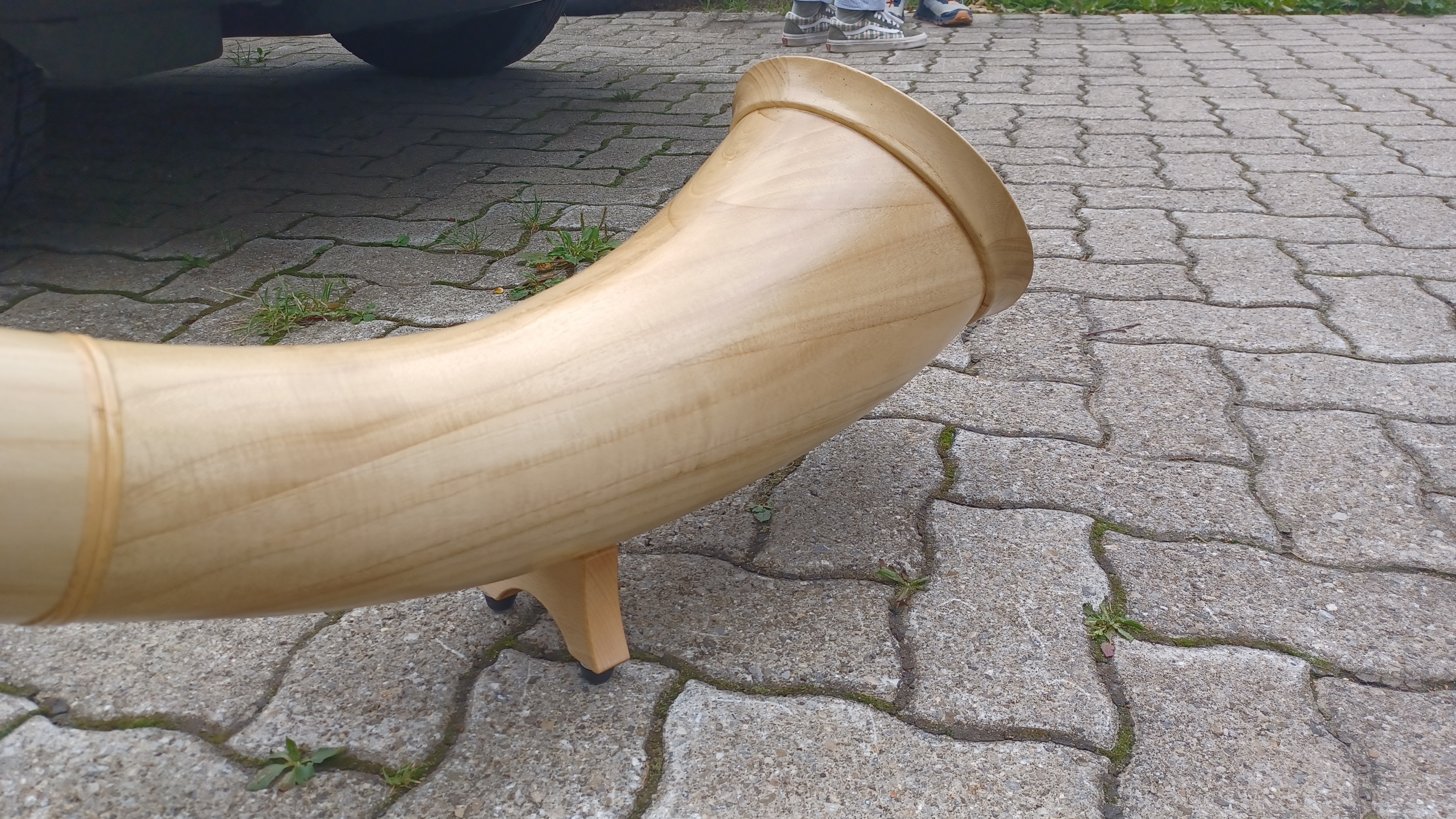
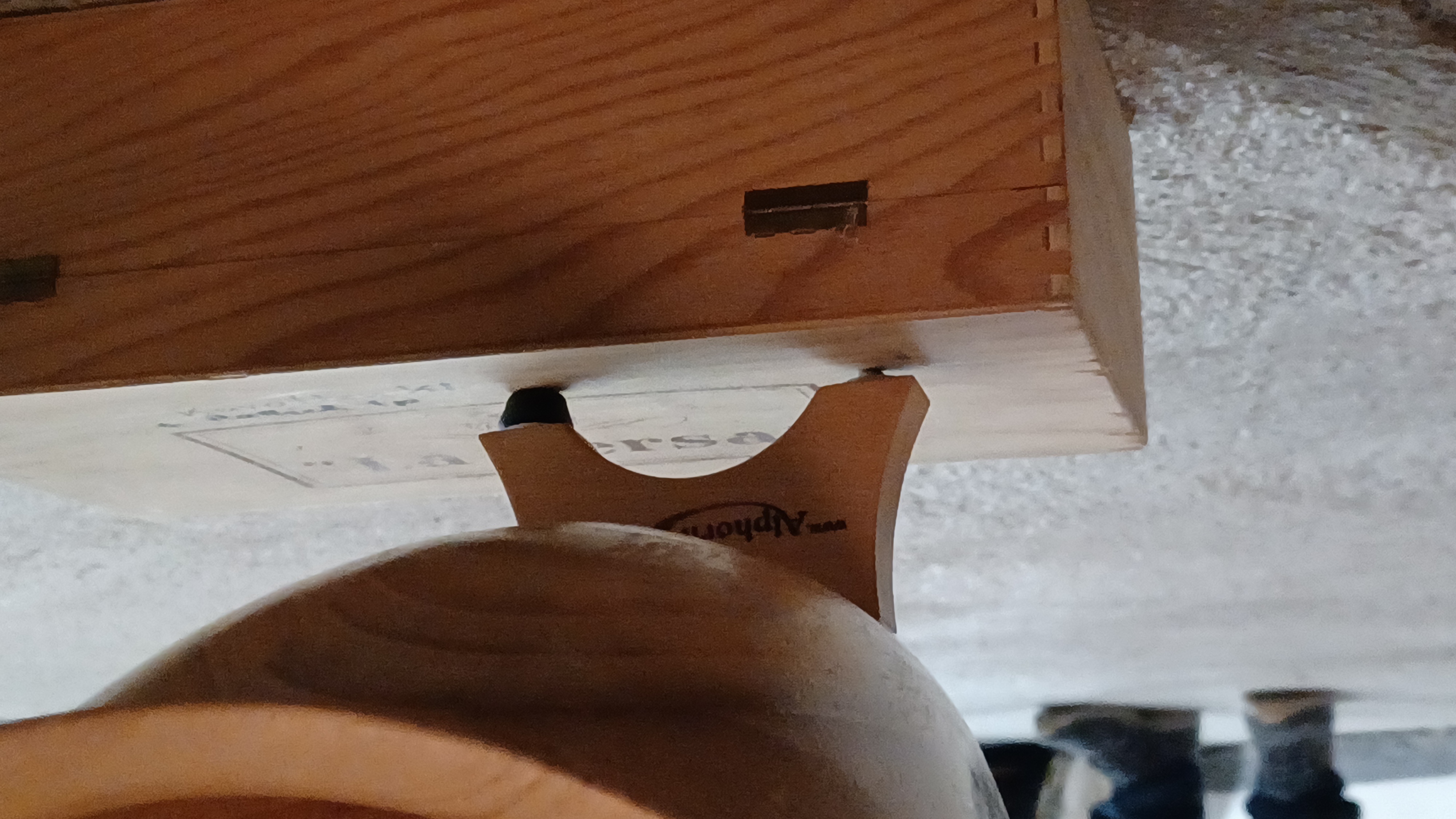
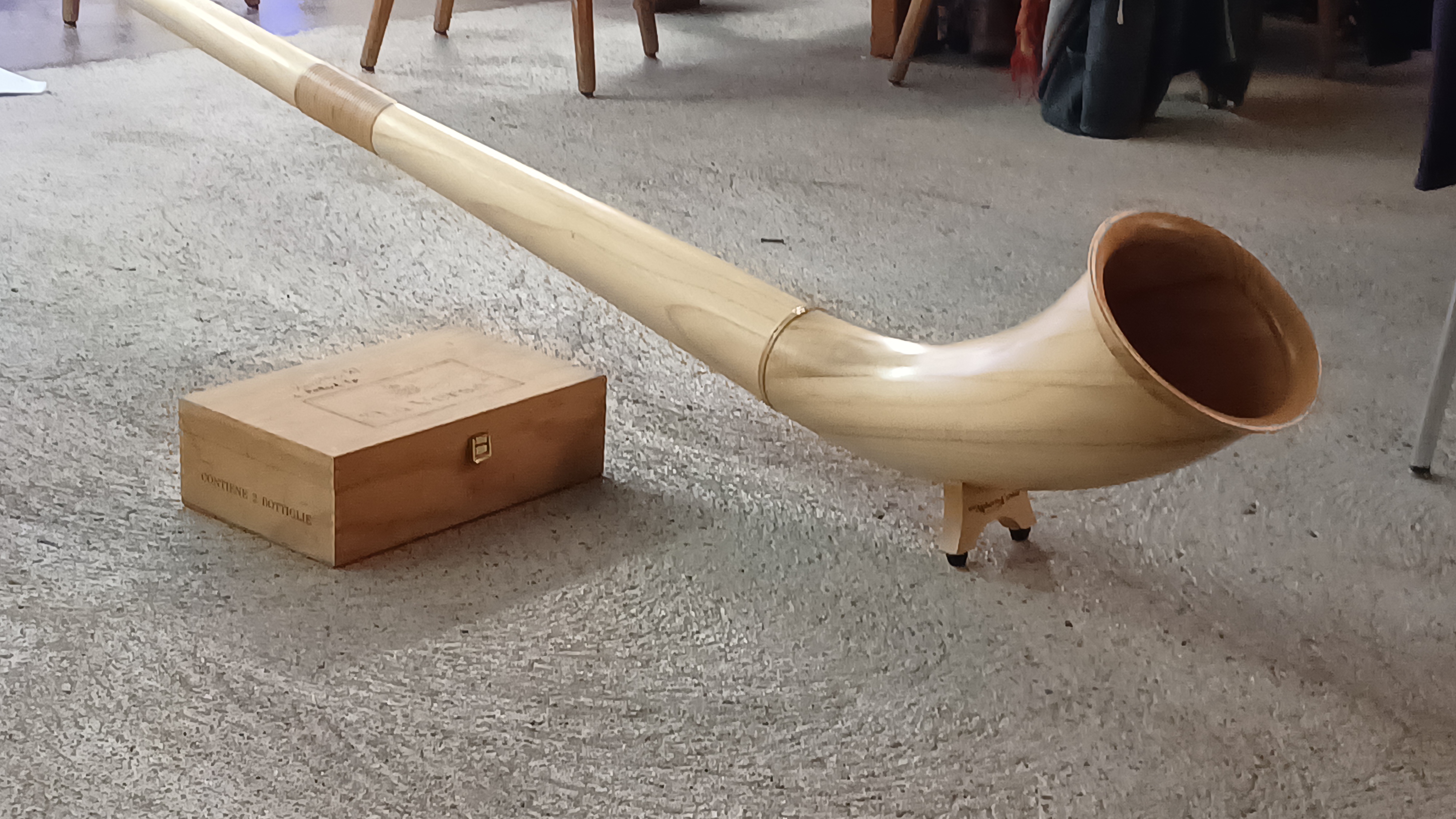
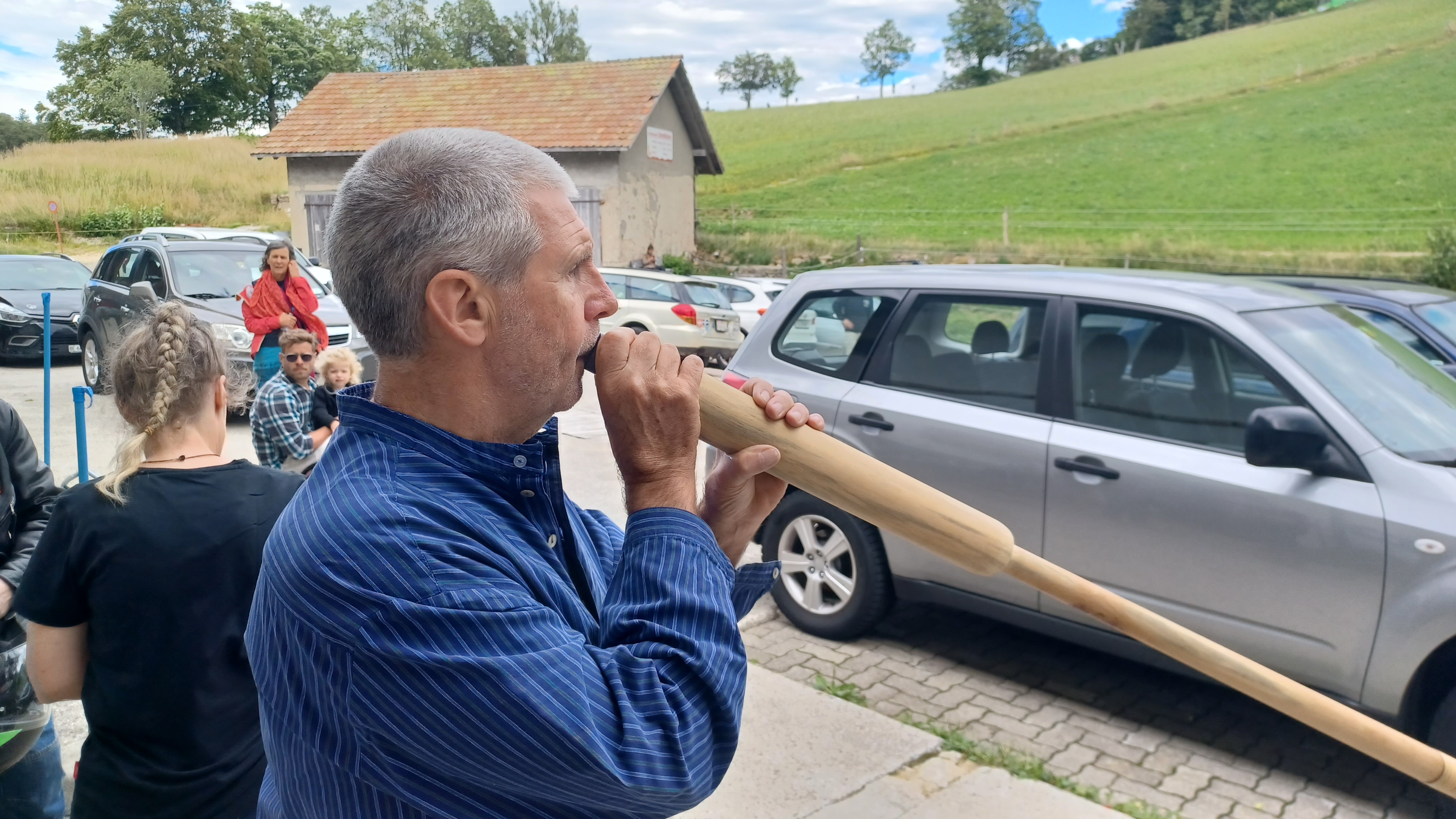
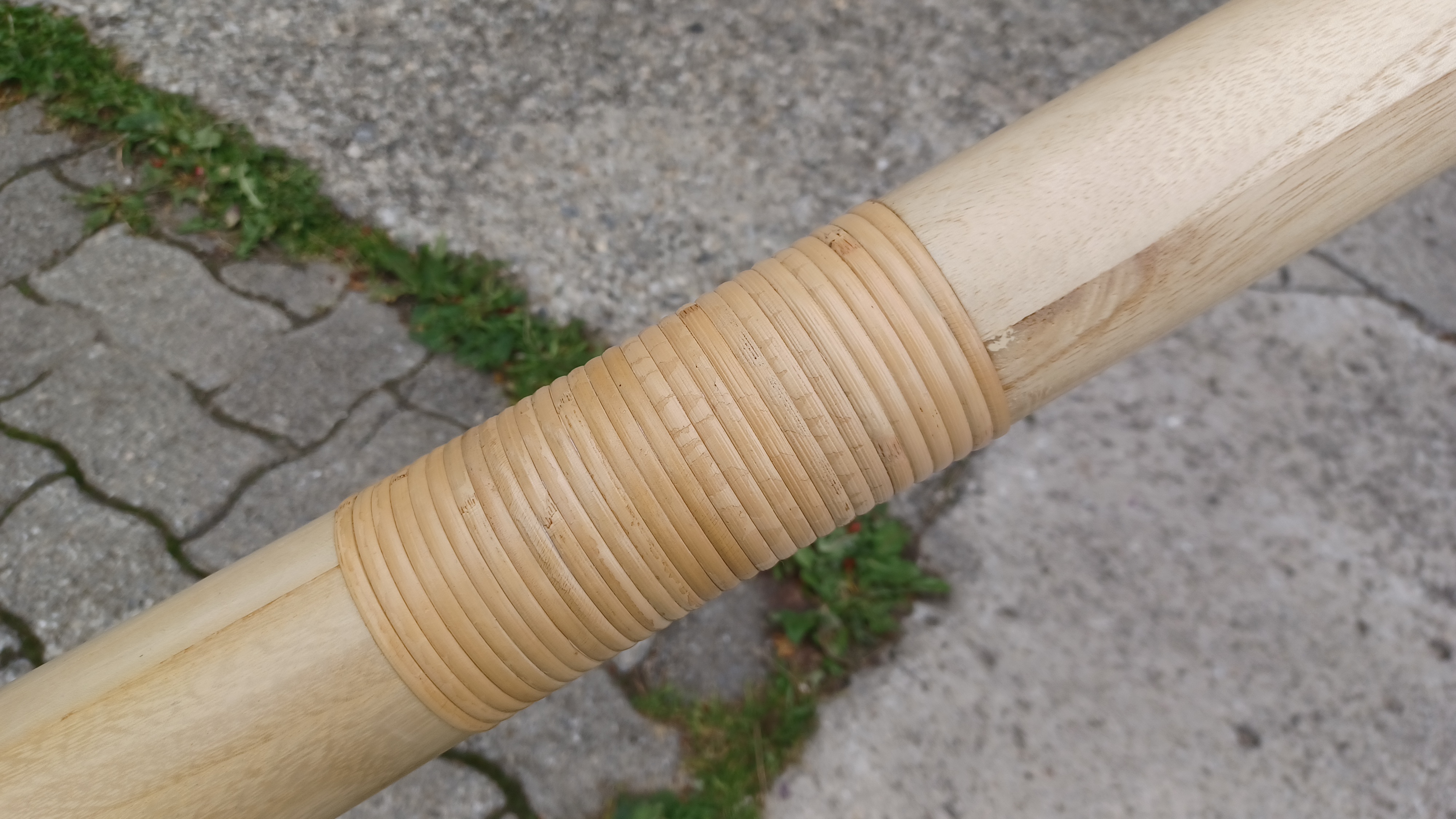
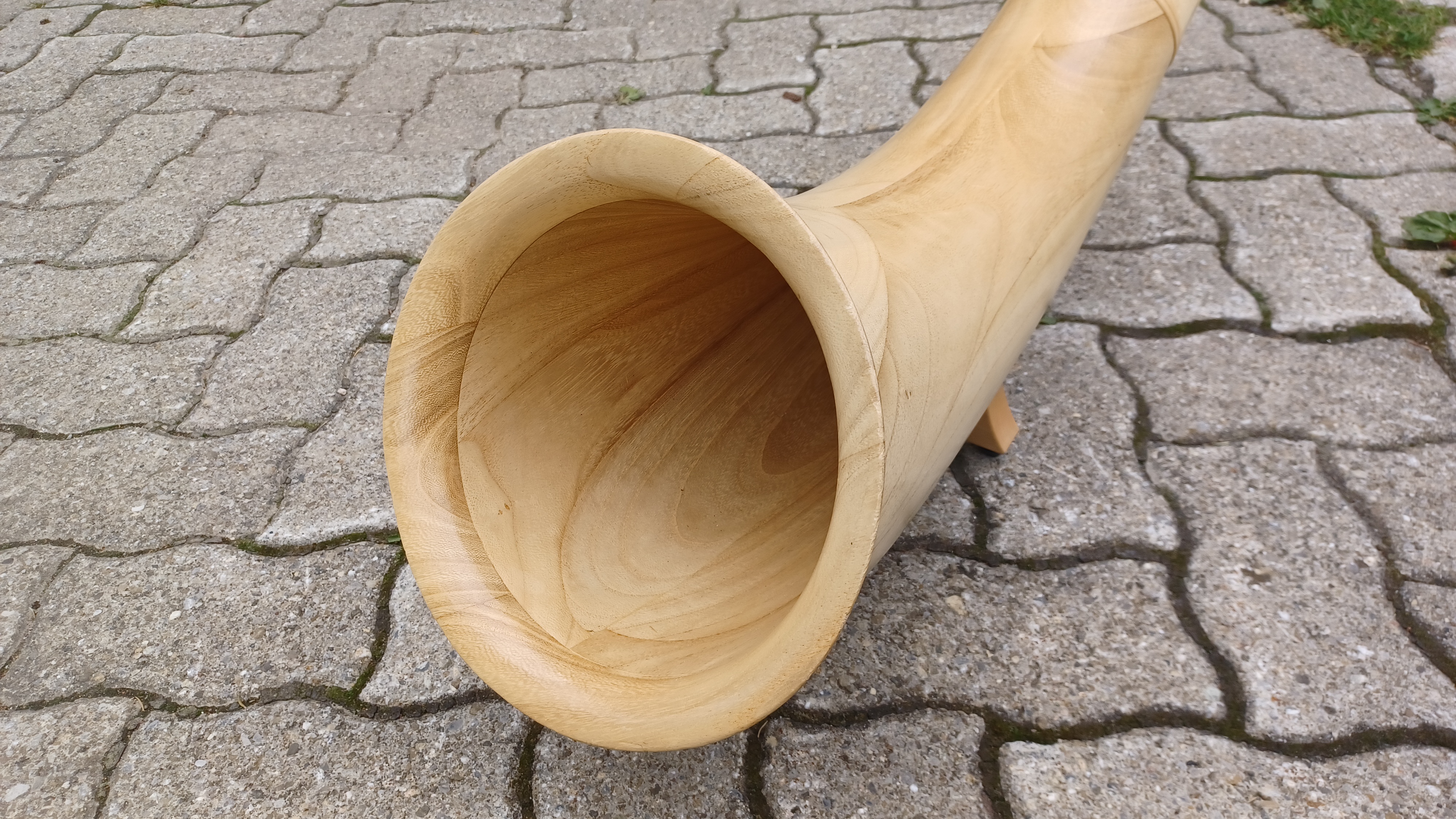
At the edge of Uhuru I could try his personal alphorn. It is his “Alphorn Light” weighing only 1.5 kg and made of “special wood” – the type of wood he guards as his trade secret. As a special feature, Franz’s horn has a massive thickening on the handpipe (see in the photo gallery). With this latest development, Franz is pushing the trend of adding more mass to the mouthpiece and handpipe to the extreme. I can confirm that this mass on the first centimeters does indeed have a positive effect on the centering of the notes. However, Franz’ baseball bat takes some getting used to, both visually and haptically. The horn plays extremely light-footed and goes up like a rocket. You can feel very quickly that Franz clearly focuses on the easy response and mobility. Conversely, the low overall mass is noticeable in the dynamics and sound – even though I could not form a final judgment on this in the noise of the storm.
Franz propagates the use of the alphorn among German brass players as means to improve accuracy and endurance. His largest group of customers are brass players (some of them professional) who buy the alphorn as a second or training instrument.
Depending on the version, a Franzenhorn costs between 1’170-2’345 EUR (price without VAT). Franz offers additional tubes in various tunings for his alphorns; conversion to saxophone / sousaphone horn is also possible. In the Alphorn Center he stocks different alphorns. In Switzerland, resunar distributes the Schüssele horns under private label.
Additional information on the personal website of Franz Schüssele and the website of the Alphorn Center (especially worth seeing the video gallery). Below are a few personal impressions from August 2023.
Conclusion: The alphorn Jack of all trades builds attractively priced, light-footed alphorns in variable scale length and built from different types of light wood.
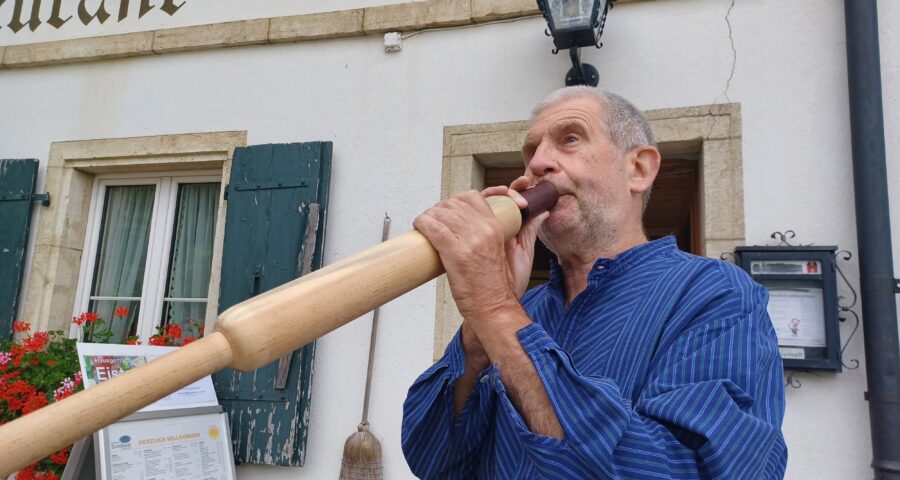
Leave a Reply